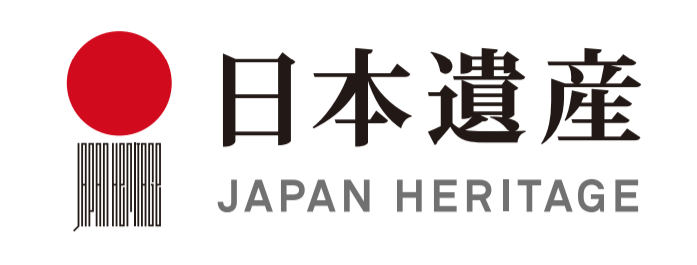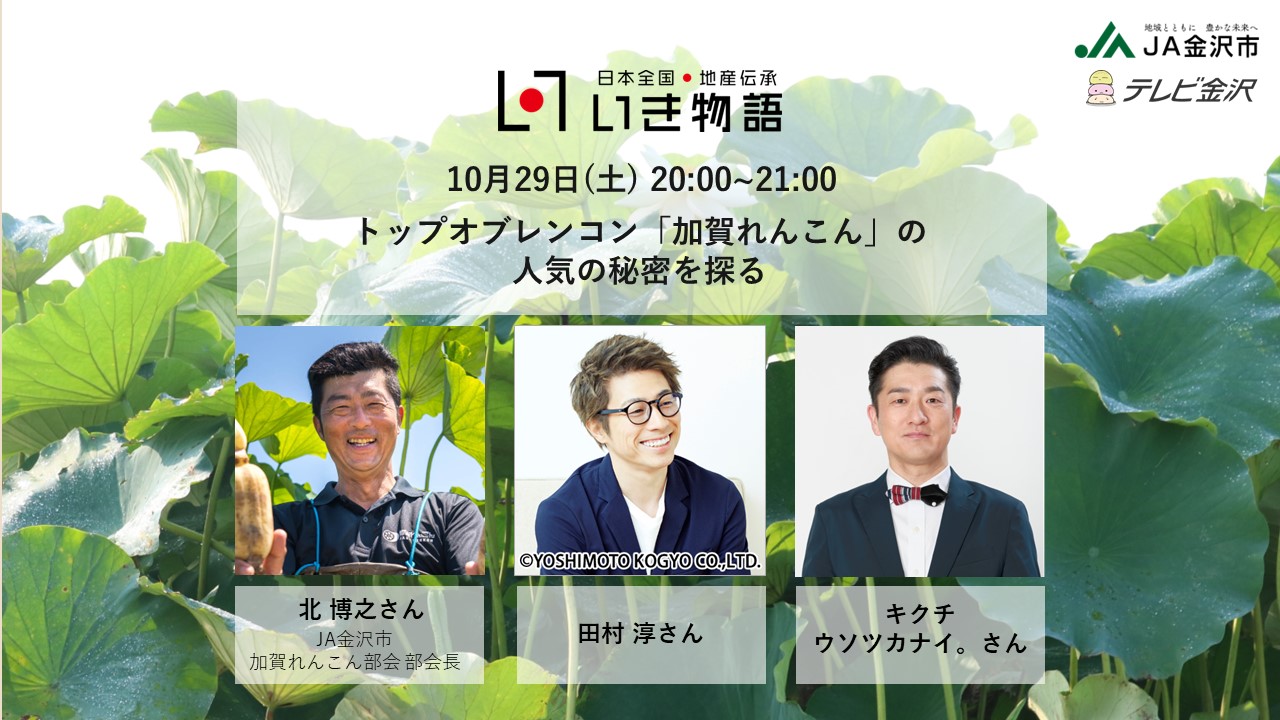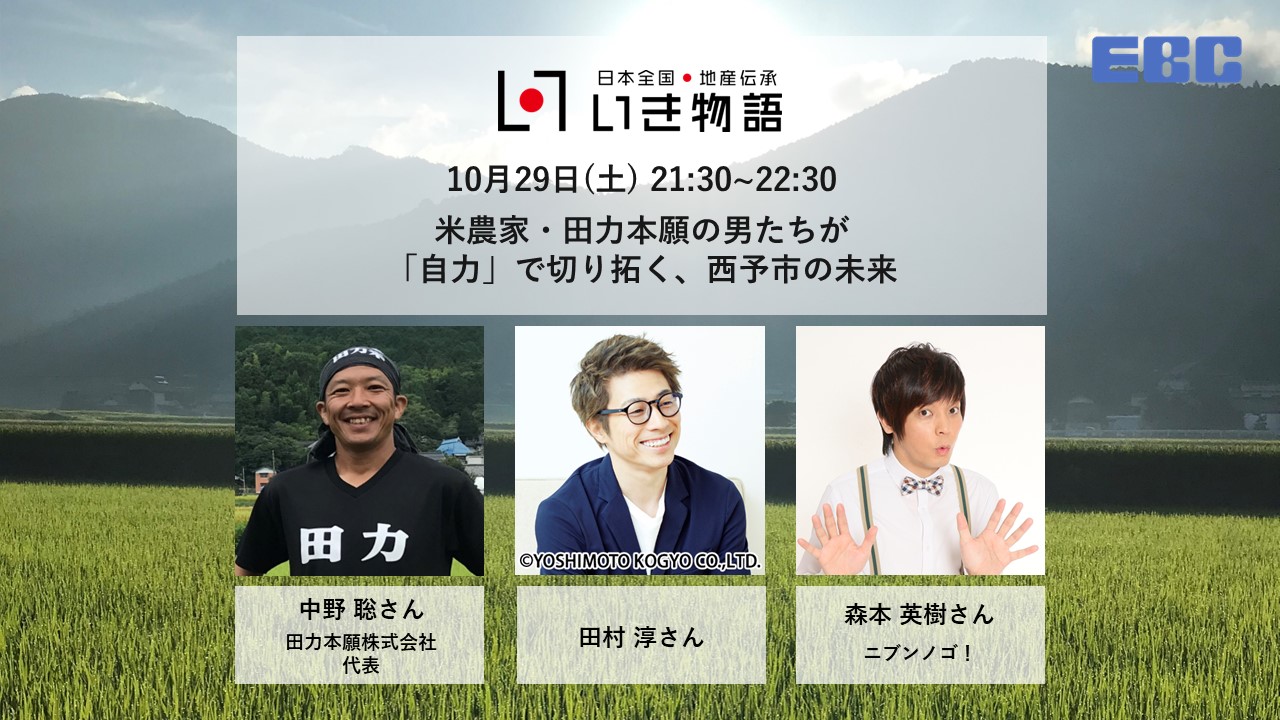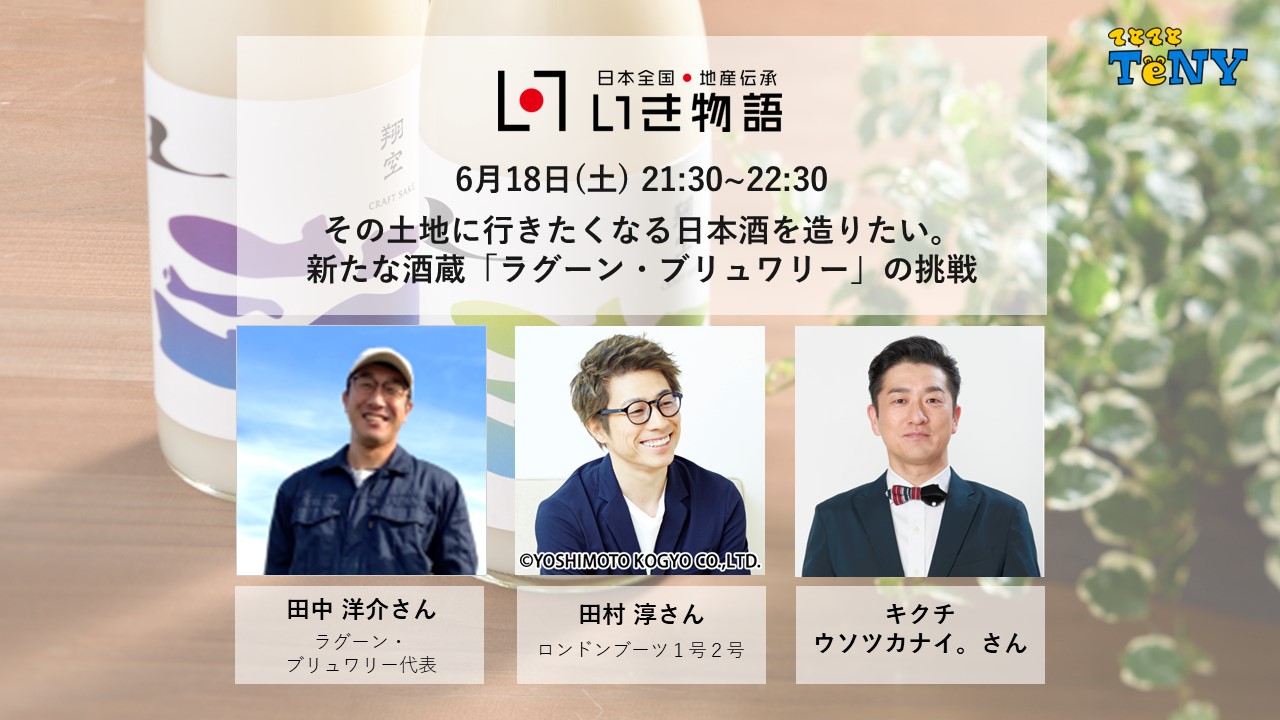Japan Heritage: Guided Trips with Regional Stories
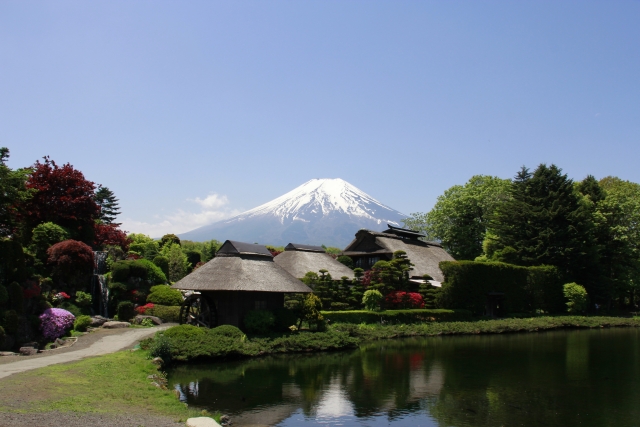
In each region of Japan, there are historical landmarks and heritages that hold wonderful value. However, these things were not originally created separately; they are, at their core, connected to each other through history and geography. Japan Heritage aims to promote tourism and cultural inheritance by adding a narrative to the tangible and intangible cultural properties that are scattered throughout a region. By connecting these cultural properties into a single story, Japan Heritage will help you further understand the historical background of sightseeing areas as well as provide an opportunity for you to discover new places to learn about and visit.
For this article, seven of the 104 Japan Heritage Sites from all over the country have been carefully selected. We will introduce tours by seven people who have actually visited and have experience guiding others to these sites. Each tour has an itinerary of two days and one night, and they have been organized to include the historical landmarks and cultural properties of the area that make up the Japan Heritage stories.
Story #039
The Kitamaebune Sea Routes: Ports and Residences Built on the Dreams of Seafarers
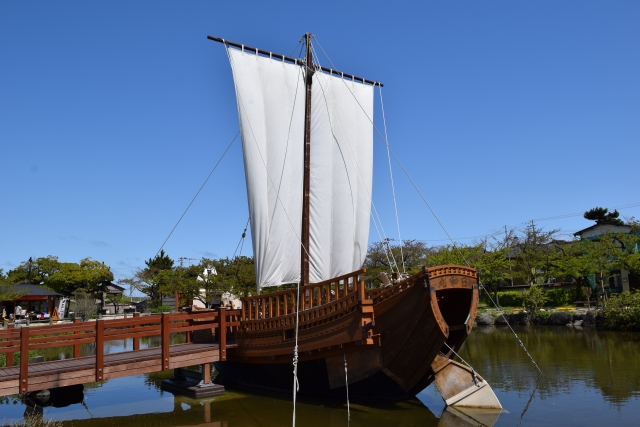
Kitamaebune are large merchant ships that traveled from ports in Hokuriku and the western regions of Tohoku through the Sea of Japan, the Kanmon Straits, and the Seto Inland Sea to ports in Hyogo and Osaka during the Edo period. The kitamaebune moved about doing business by purchasing inexpensive products at anchorage sites and selling anything in their cargo that could catch a high price. The kitamaebune also transported a variety of cultural aspects, such as food culture, folk songs, and textile techniques, and circulated them throughout different regions. The early Meiji period brought about the most fruitful time for the kitamaebune; around 20 years into the Meiji period, however, their numbers began to decline, and by the 30-year mark they were beginning to disappear. Then, the Russo-Japanese War began and the oceans around Hokkaido became dangerous, marking the end of the kitamaebune in history.
Introduced here is a sightseeing tour of Engakuji Temple and its surroundings. The temple is located in the Nishitsugaru District of Aomori Prefecture, and it is one of the component cultural properties of the kitamaebune. The guide for this tour is Ms. Kazuko Kurihashi, who currently resides in Aomori Prefecture. She is a certified National Government Licensed Guide Interpreter and acts as a guide for travelers from overseas.
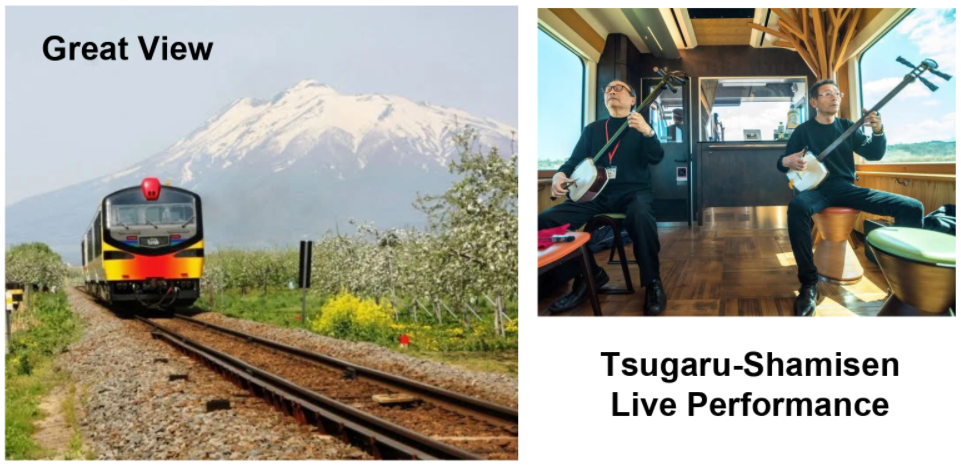
Ms. Kurihashi's tour focuses on spots on the western side of Aomori where the routes of the kitamaebune ships once were. After enjoying a live performance of tsugaru-shamisen, traditional music of the Tsugaru region of Aomori Prefecture, during a train ride, you’ll take a visit to Engakuji Temple.
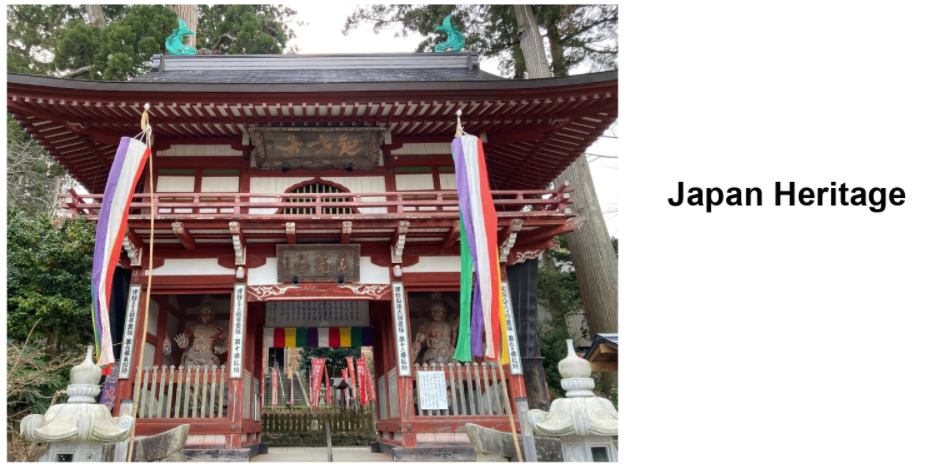
Engakuji Temple is a prayer temple that has been worshipped as a Maguchi Kannon since ancient times. Enshrined at the temple are the topknots of many sailors who survived storms at sea, a symbol of the depth of their faith. Enjoy local food that uses "snow carrots," a special product of Aomori Prefecture at a restaurant nearby Engakuji Temple, and when night comes, relax at Furofushi Onsen overlooking the Sea of Japan.
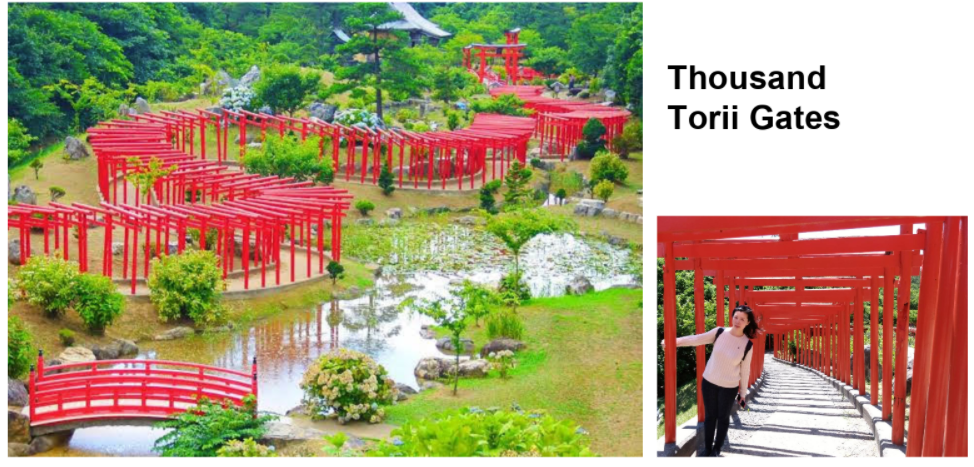
The next day, you’ll take a visit to the thousand scarlet torii gates at Takayama Inari Shrine followed by the Tsugaru Kanayama Pottery. An exquisite balance of the nature, food, history, and culture of Aomori have been assembled to create this tour, so don't miss the chance to experience it for yourself.
The Kitamaebune Sea Routes: Ports and Residences Built on the Dreams of Seafarers
https://japan-heritage.bunka.go.jp/en/stories/story039/
To request Ms. Kazuko Kurihashi as a guide, click here:
https://www.wowu.jp/mediators/Kurihashi?locale=en
Story #028
The Old Trade Route of Kisoji: Preserver of the Mountains and Survivor of Time
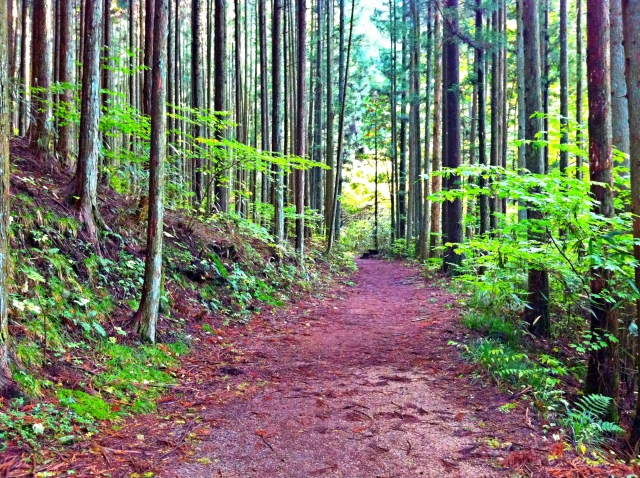
Nakasendo road (Kisoji) is one of the Five Routes of the Edo period that connected Kyoto and Edo. Until the Kamakura and Muromachi periods, it was developed as an important road linking Shinano, Kyoto, and Ise, but during the Edo period it was improved upon, and at the same time relay stations known as the 11 Kiso Lodgings were developed. In addition to the economical profits of welcoming visitors, the relay stations prospered as bases for production, sales, and transportation that brought about demand for local products such as Kiso horses and woodworking, driving the economy of the Kiso Valley.
In addition, the Tsumago-juku relay station was formed at the base of Tsumago-jo, a mountain castle built by Kiso Yoshinaka's descendant Yoshimasa as a provision at the southern part of the Kiso Valley during the Muromachi period. The lifestyles of the people of the Kiso Valley fostered the importance of protecting the forests, preserving Kisoji and the relay stations, and passing down traditional handicrafts, beliefs that still live on in the Kiso Valley today.
Introduced here is a sightseeing tour that features several component cultural properties: the Nakasendo road and Tsumago-juku preservation district in Nagano Prefecture as well as their surroundings. The guide for this tour is Ms. Misao Toyoshima from Tokyo. She is a certified National Government Licensed Guide Interpreter and acts as a guide for travelers from overseas. She is also a qualified sake sommelier and has published a book about Japanese souvenirs.
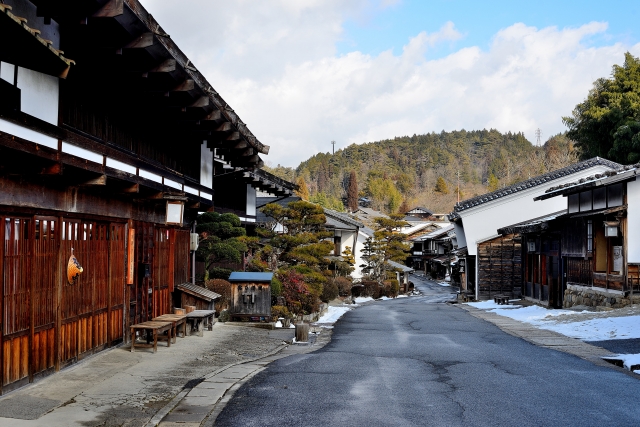
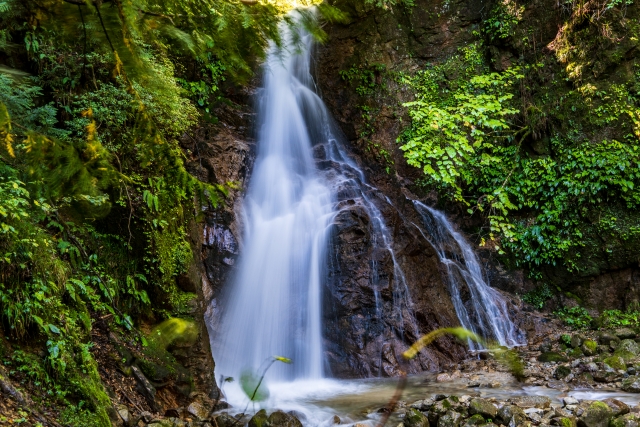
On this tour, you can actually walk along the Nakasendo road (Kisoji) and through Magome, Tsumago (Tsumago-juku preservation district), and Narai. Each of these areas exhibits the lifestyle of that piece of land through the natural scenery and shape of the relay stations. At these relay stations, you can actually experience local foods as well as part of the lifestyle from long ago.
The Old Trade Route of Kisoji: Preserver of the Mountain and Survivor of Time
https://japan-heritage.bunka.go.jp/en/stories/story028/
To request Ms. Misao Toyoshima as a guide, click here: https://www.wowu.jp/mediators/misao_toyoshima?locale=en
Story #034
The Izumo Tatara Chronicle: A Thousand Years of Iron
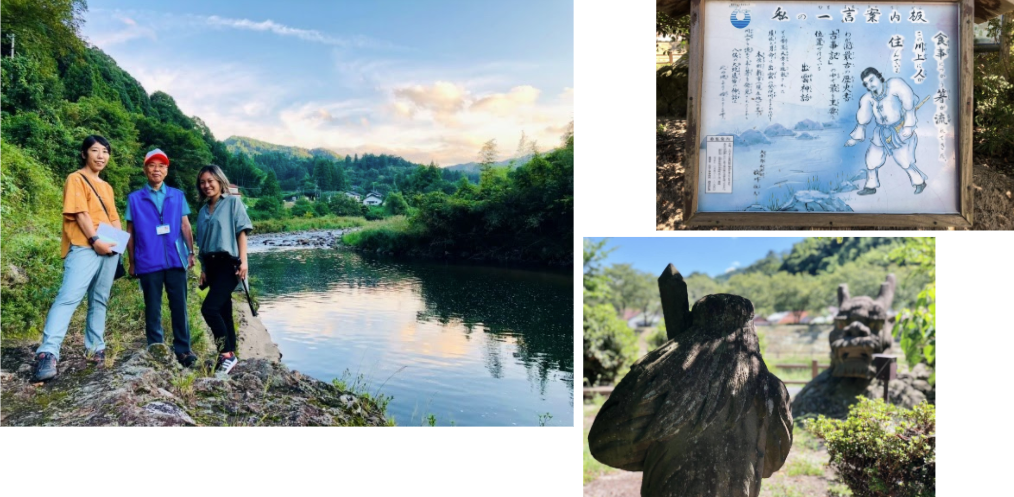
In Izumo, Shimane Prefecture, where the ancient tatara iron manufacturing techniques flourished, the flame of this unique practice continues to burn even today. It's said that the word "tatara" originally meant "bellows." The meaning of the word expanded from the foot bellows that were used to blow on the iron, and from there general iron manufacturing methods came to be known as tatara. Tatara iron manufacturing doesn't just produce superior iron; former iron sand collection sites have been revitalized as vast rice fields, and fuel charcoal mountain forests are continuously recycled, which in turn has come to support Japanese society as a sustainable industry that allows humans and nature to coexist. In addition, the distribution of iron brought civilization to areas across the whole country and fostered brilliant regional cultures in the shape of metropolises. Today, too, this thousand-year story of ironmaking, which has been carved by our ancestors since ancient times, is continuing to unfold in this area.
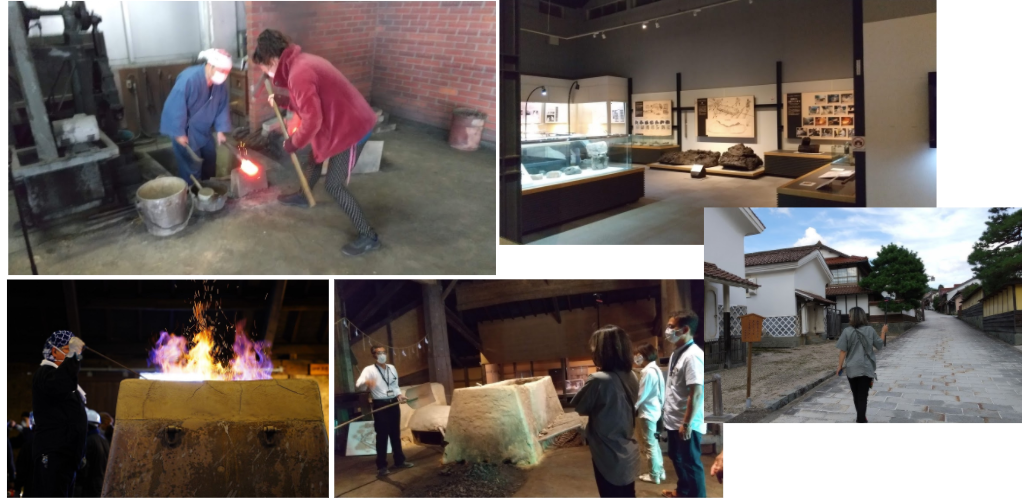
Unnan City and Okuizumo City of Shimane Prefecture, the stage for this story, will be introduced by Ms. Hiromi Toyama. She has been engaged in the travel industry since 2001; she has visited over 40 countries herself, and she has experience guiding people visiting Japan from over 20 different countries. The history of tatara iron manufacturing, which has continued for a thousand years, has preserved a variety of cultures and heritages in this region. Even now, there are any number of places where visitors can feel that history. On this tour, participants will be able to visit sightseeing spots related to the legends behind tatara iron manufacturing. The second day will include a visit to a museum, at which visitors can learn about the history and manufacturing techniques of tatara iron through dioramas and video archives, followed by a visit to a steelworks factory.
The Izumo Tatara Chronicle: A Thousand Years of Iron
https://japan-heritage.bunka.go.jp/en/stories/story034/
To request Ms. Hiromi Toyama as a guide, click here: https://www.wowu.jp/mediators/HIROMIN?locale=en
Story #013
Tsuwano Then and Now: Exploring the Town Through One Hundred Landscapes
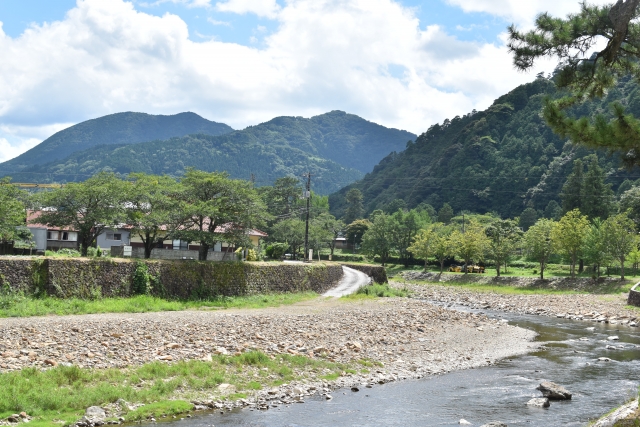
The Tsuwano Hyakkeizu, or 100 landscapes of Tsuwano, in which are recorded the sceneries of the Tsuwano Domain at the end of the Edo period, is a document that consists of over 100 paintings and explanations of famous places, nature, traditional art, customs, and humanity. After the Meiji period, the development of towns began to take place through the opening of national railways and highways and the new establishment of industrial roads, but the prominent people of the towns tried to find ways to preserve as much of the scenery as possible by depicting it in the Hyakkeizu. Even today, around half of the landscapes and traditional events pictured in the Hyakkeizu remain just as they were during the Edo period.
Introduced here is a sightseeing tour that features further component cultural properties: Washibana Hachimangu Shrine, Yomeiji Shrine, and their neighboring areas. The guide for this tour will be Mr. Toshiharu Ito. His specialty is introducing the history, onsen hot springs, and food of his home prefecture, Yamaguchi, and other nearby areas.
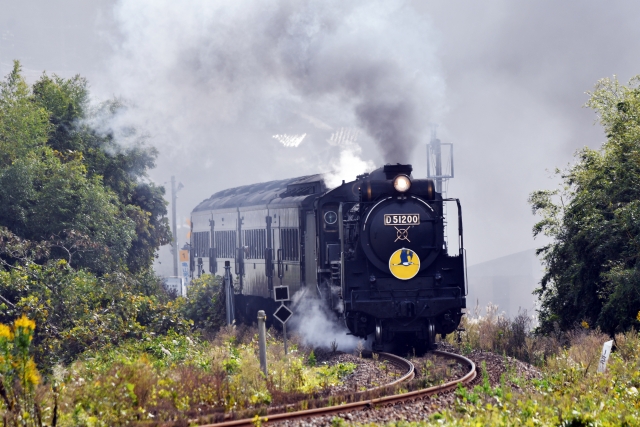
To get to Tsuwano-cho, Shimane Prefecture, you will board the limited express train "SL Yamaguchi" at Shin-Yamaguchi Station in the neighboring prefecture. Upon arriving, the tour will start at the Tsuwano-cho Japan Heritage Center, where you can learn about the town of Tsuwano and the Hyakkeizu through videos, panel displays, and more. There is also plenty of information about the history, culture, and traditional events associated with the Tsuwano Hyakkeizu.
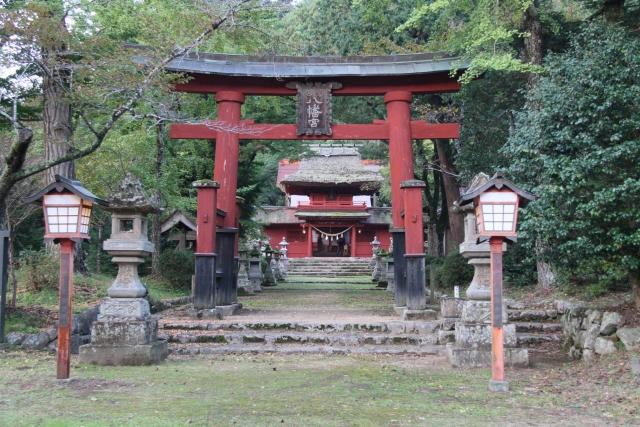
Next is a chance to visit the Washibana Hachimangu Shrine, Yomeiji Shrine, and Tsuwano Castle Ruins, which are home to many of the scenes depicted in the Tsuwano Hyakkeizu.
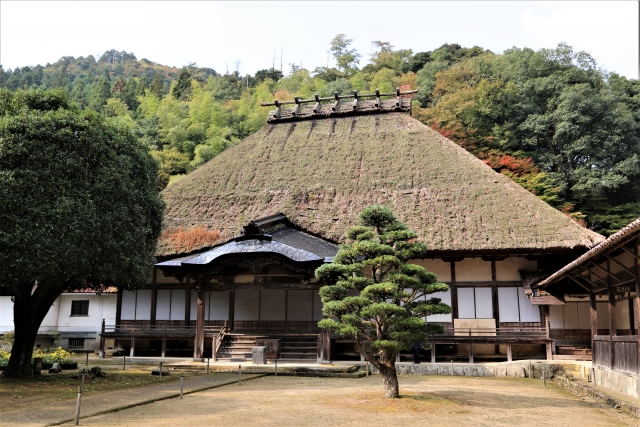
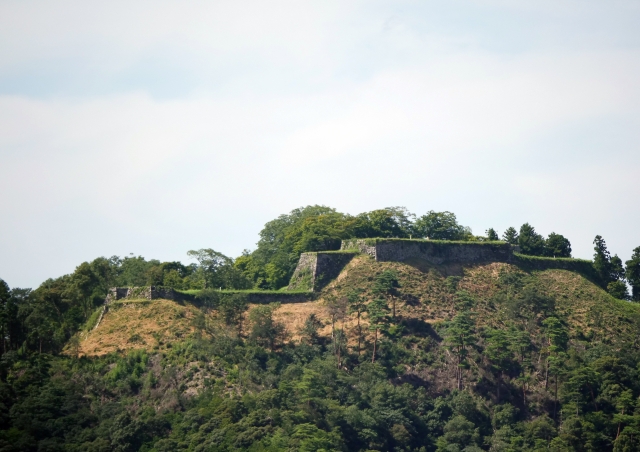
On this tour, you will be able to compare the present with the past and witness for yourself scenery that remains unchanged since the end of the Edo period. The biggest allure of Tsuwano is that, through the pictures of the Tsuwano Hyakkeizu, visitors can feel the sounds of water and wind, the scents of nature, and the lifestyle culture of the time.
Tsuwano Then and Now: Exploring the Town Through One Hundred Landscapes
https://japan-heritage.bunka.go.jp/en/stories/story013/
To request Mr. Toshiharu Ito as a guide, click here:
https://www.wowu.jp/mediators/K_iTG?locale=en
Story #016
The Western Capital of Ancient Japan: An Exchange Hub with East Asia
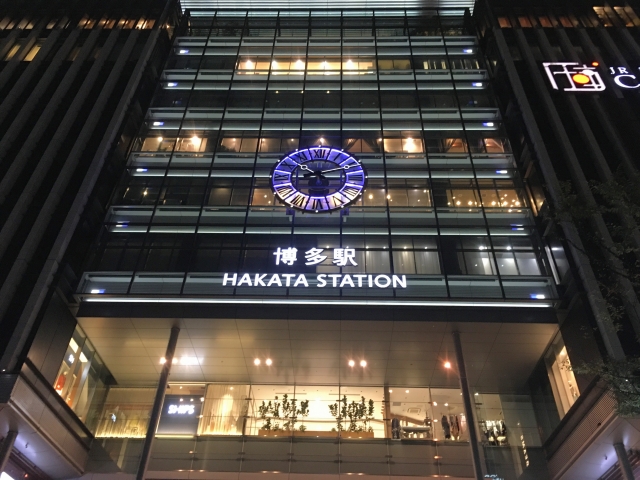
The stage for this story is Fukuoka Prefecture. The area surrounding the Dazaifu Government Office Ruins was once a place where the cultures, religions, governments, and people from East Asia flowed to and accumulated in. In addition, it was also a diplomatic and military base for ancient Japan, making it the ideal place to construct military facilities and municipal functions. Even now, the Dazaifu Ruins and neighboring scenery still retain an ancient atmosphere, and the religious institutions, reception facilities, straight-line roads, and the remains of divided land in grids create a place where visitors can experience the ancient international "western capital" city of 1,300 years ago.
The guide for this tour is Ms. Yoko Mizobe. Originally from Kyoto, Ms. Mizobe has lived in Fukuoka for over ten years, and she has experience guiding travelers from Europe, the U.S.A., Australia, and numerous Asian countries.
This tour has been designed to allow participants to enjoy the contrast between the modern urban scenery of Fukuoka City and the remaining traces of what was once the western capital in Dazaifu City. Even in Fukuoka City with its urban atmosphere, there are many shrines and Buddhist temples in Hakata, following Kyoto and Nara in number. This region has been a point of contact for the continent since the Tumulus and Yamato periods, and there are any number of historically valuable buildings here, including reception halls from the Nara and early Heian periods.
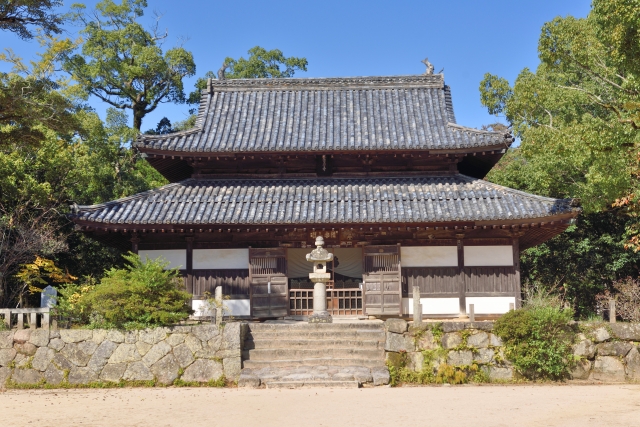
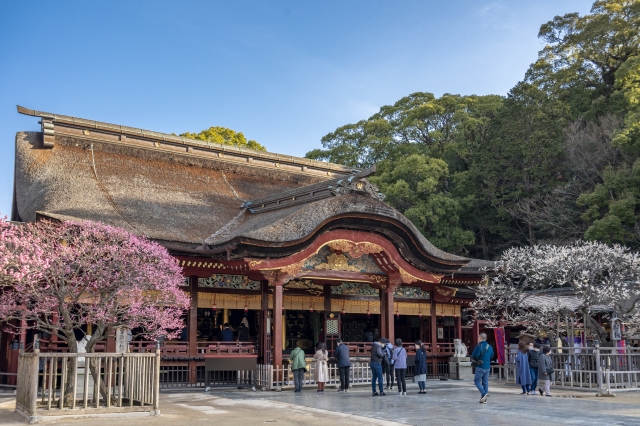
Participants on this tour will be able to visit cultural properties Kushida Jinja Shrine and Kanzeon-ji Temple, as well as Dazaifu Tenmanagu Shrine, which is famous as a deity of learning.
The Western Capital of Ancient Japan: An Exchange Hub with East Asia
https://japan-heritage.bunka.go.jp/en/stories/story016/
To request Ms. Yoko Mizobe as a guide, click here:
https://www.wowu.jp/mediators/K_iTG?locale=en
Story #037
The Ceramics of Hizen: Birthplace of Japanese Porcelain Ware
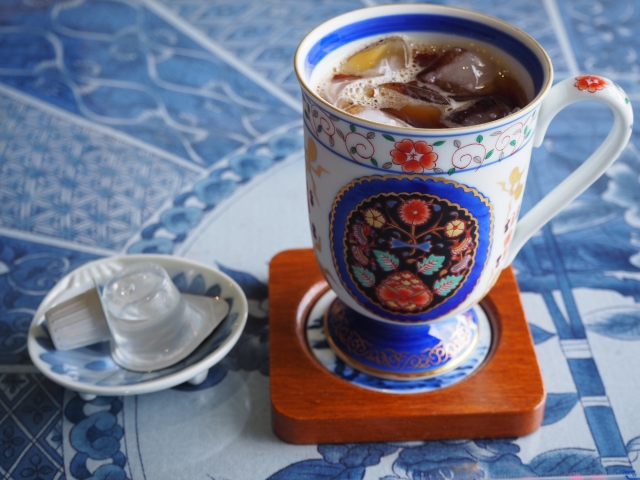
Hizen is the name of one of the ancient countries. It was part of the Saikaido province, which covers the area of present-day Saga and Nagasaki prefectures, excluding Iki and Tsushima. Japanese porcelain was first created in Hizen; this region in northwestern Kyushu has just the right conditions for the ceramic industry, with pottery stone, fuel, and water readily available. Each manufacturing area of Hizen produced its own unique and prominent individuality, and they engaged in friendly competition with each other. These products were distributed to the whole country, leading porcelain to become a common part of Japanese lifestyle. At the same time, the techniques received praise from overseas as well. Even today, the Hizen region uses the same inherited skills to produce porcelain with the same features. This region is home to historic porcelain villages where visitors can feel the scenery, history, and traditions that cultivated art and beauty. The towering kiln chimneys and tonbai walls of the towns help to tell the story of the work of the ceramics industry that has continued for years.
On this tour, you will be able to visit component cultural properties Arita-cho, the birthplace of Japanese porcelain, and Okawachiyama, the hidden pottery town of the Edo period. Ms. Manami Ofuchi will be your guide. She has been operating as a guide for tours in English for 11 years, and she has experience guiding travelers to Japan from over 30 countries, including the U.K., U.S.A., and Australia.
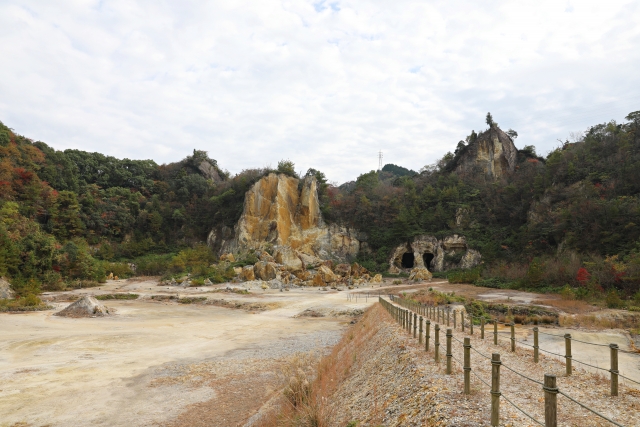
On the first day, you will visit Izumiyama Quarry, where the materials for porcelain are collected, then head to an art museum specializing in ceramics and porcelain to learn about history and culture.
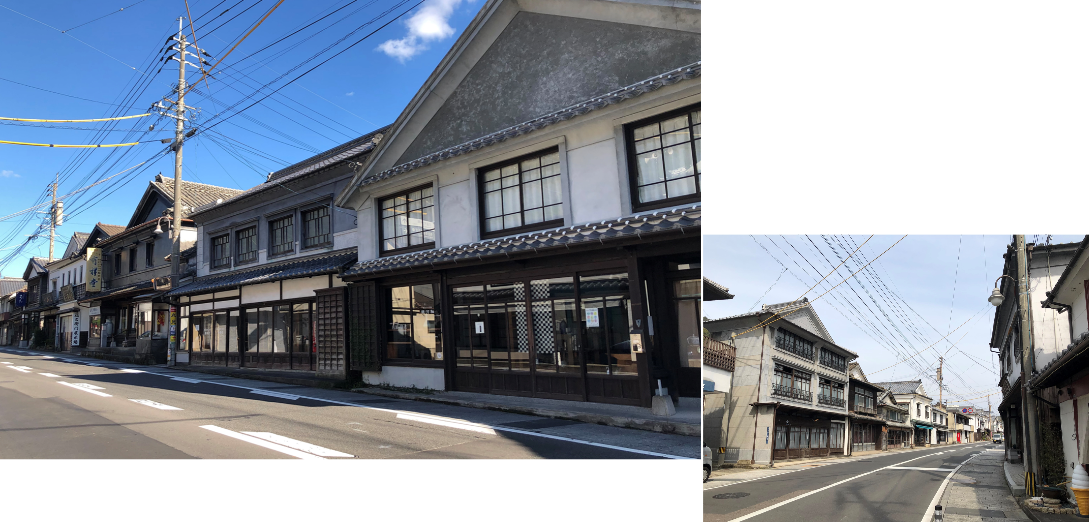
After visiting the kilns and viewing how porcelain is made as well as finished products, there will be some time to stroll around Arita-cho. Among the buildings lined up along the streets, there are any number of shops. Inside these shops, patrons can admire and purchase a variety of products. In addition, there are also hands-on experiences in which you will be able to actually try making ceramics and porcelain yourself.
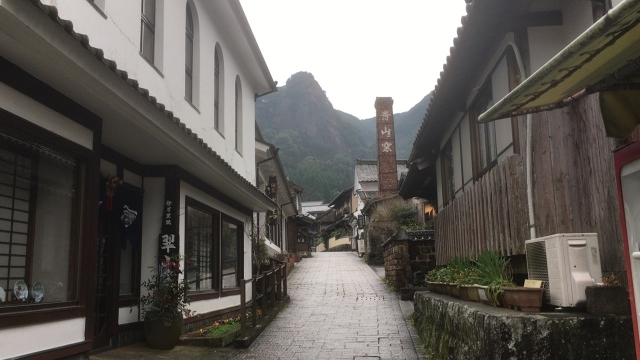
Next is Imari City and Okawachiyama. Surrounded by mountains on three sides, the unique scenery of Hiyo no Sato, village of secret kilns, is reminiscent of a landscape painting. Continuing along the mountain road, the remains of old kilns and other cultural heritages as well as a variety of porcelain artwork items exist in harmony with the nature and quiet townscape. Okawachiyama is lined with brick chimneys and kilns, allowing visitors to feel the history and traditions of over 300 years.
The Ceramics of Hizen: Birthplace of Japanese Porcelain Ware
https://japan-heritage.bunka.go.jp/en/stories/story037/
To request Ms. Manami Ofuchi as a guide, click here: https://www.wowu.jp/mediators/K_iTG?locale=en
Story #053
Two Millennia of Rice Cultivation: The Kikuchigawa River Basin
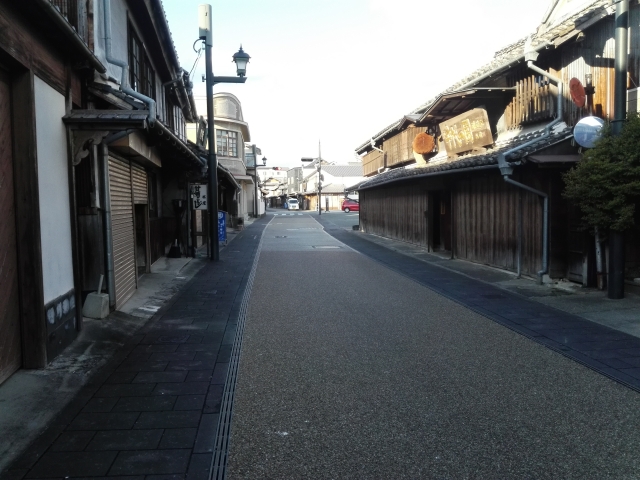
The Kikuchigawa River Basin is an area that straddles four cities and towns of Kumamoto Prefecture: Tamana City, Yamaga City, Kikuchi City, and Nagomi-machi. The Kikuchigawa River Basin still retains the memories of the land through 2,000 years of rice cultivation. On the level ground are jouri pieces of land that have been passed down from ancient times, and in the high ground between the mountains are irrigation channels and terraced fields that made rice production possible; near the seashore is vast cultivated land created by drainage land reclamation. The history of how our ancestors used the land for rice cultivation can still be seen here today.
The Kikuchigawa River, however, didn't just provide water for the paddy fields, it was vital for the transportation of rice, too. During the Edo period, Yamagayu-machi, where the Kikuchigawa River's harbor and the Buzen Kaido Highway intersect, was full of wholesale rice dealers, koji mold dealers, sake brewers, sweets shops, and other businesses that dealt in rice. Even today, sake breweries and koji mold dealers continue to do business, allowing anyone and everyone who visits the town to enjoy themselves.
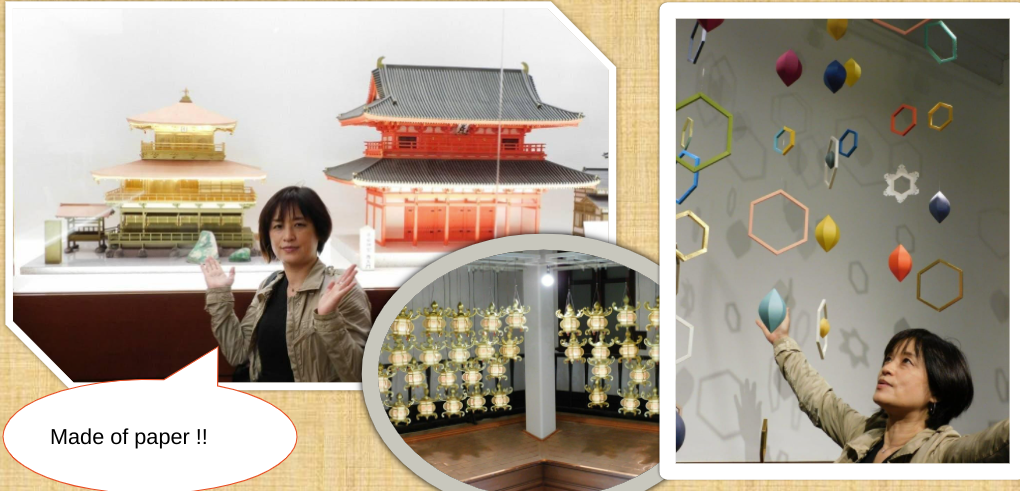
This unique Kikuchigawa River Basin tour was planned by Ms. Michiko Ichihara. It includes visits to the Kumamoto Prefectural Ancient Burial Mound Museum, which specializes in kofun (mounded tombs with decorated chamber walls), followed by a stop at the birthplace of Shiso Kanakuri, who holds the record for the slowest time in Olympic marathons. On the tour, you will also take a visit to the Buzen Kaido Highway, where you can experience the lifestyle and culture of the region, as well as the nationally-designated Important Cultural Property Yachiyoza and the Yamaga Lantern Folk Art Museum.
Two Millennia of Rice Cultivation: The Kikuchigawa River Basin
https://japan-heritage.bunka.go.jp/en/stories/story053/
To request Ms. Michiko Ichihara as a guide, click here: https://www.wowu.jp/mediators/K_iTG?locale=en
Sponsored Links
Unmissable Tours
Expand your horizons by interacting with diversity. Take a look at guided tours on which you can connect personally with the guides and have truly extraordinary experiences.
Search
